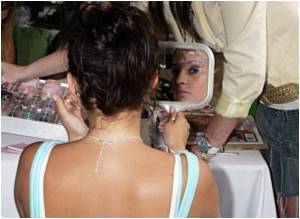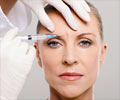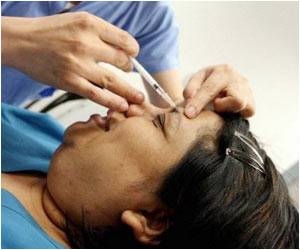
The readily visible hallmarks of skin damage are wrinkles and a thickening in the outer layer of skin, the epidermis.
When skin is repeatedly exposed to UVB radiation, new blood vessels form from existing blood vessels in the skin in a process called cutaneous angiogenesis.
Several transcription factors-proteins that bind to specific DNA sequences-play a role in angiogenesis, including hypoxia inducible factor (HIF-1) and its subunit HIF-1 a and vascular endothelial growth factor (VEGF).
In the study, the researchers assigned 24 hairless mice into three groups-the control group, the UVB group, and the UVB+HO group.
Both the UVB and the UVB+HO groups were exposed to UVB radiation by a special fluorescent lamp three times per week for five weeks, but the UVB+HO mice were placed in an oxygen chamber for two hours after each irradiation.
Advertisement
Likewise, both the UVB and UVB+HO group experienced increased epidermal thickness, but again, this result was more pronounced in the UVB group.
Advertisement
The study had one surprising result, as well, one involving molecules called matrix metalloproteinases (MMPs).
Two MMPs in particular, MMP-2 and MMP-9, are thought to accelerate wrinkling by degrading the outer components of cells.
However, in this study, MMP-2 levels tended to decrease with exposure to UVB radiation and MMP-9 levels remained the same, even in mice who did not receive oxygen.
According to the researchers, this implies that MMP-2 and MMP-9 are not main factors in wrinkle formation and angiogenesis, at least in the early stages of skin damage caused by UVB radiation.
The study was published in the American Journal of Physiology-Regulatory, Integrative and Comparative Physiology.
Source-ANI












